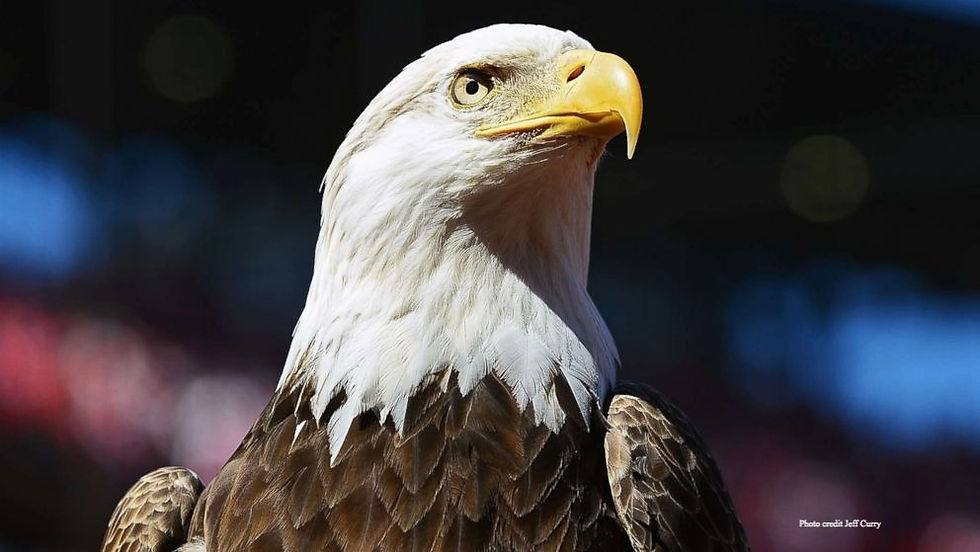Danaus plexippus: Monarch
- cynthiamorissette
- Aug 18, 2021
- 2 min read
Good Morning Watershed Explorers,
What is black, yellow, and white and can increase 2,700 times its birth weight in just two weeks? The answer, a monarch caterpillar. How wild is that? If humans did that, a baby that weighed 8 pounds at birth would weigh as much as two large elephants at two weeks old.

If you check the blog archives, there are a few other posts about Danuas plexippus. I love monarchs. Not only are they amazing creatures but they are necessary pollinators. They help to keep our natural world beautiful and healthy.
On a special trip to a local garden center, my oldest daughter and I were thrilled to find out that it was selling milkweed plants. We had been looking for a milkweed plant for quite some time. We inherited a monarch caterpillar from my mom, who has milkweed, several years ago, and watching it transform into a butterfly was magical We have been hoping to recreate the magic ever since. This was our lucky day. The garden center had several plants, and there crawling on one of them was a bitty, beautiful, monarch caterpillar. We bought the plant and have been watching our caterpillar ever since. This weekend he/she (we will find out when he/she transforms: more on that later) constructed his/her chrysalis. In 8-12 days, if all goes well, we will have a butterfly.
I will provide an update soon. In the meantime, check out this wonderful article all about monarchs. You can learn about its chrysalis, how to tell if it is a male or a female, and a little about the monarch migration. https://www.saveourmonarchs.org/blog/tiltuesday
Here is a photo of our monarch's chrysalis. It's not the best photo, but in fear of disturbing the chrysalis, I didn't want to open the top of the enclosure.

It's not visible in this photo, but the chrysalis does have the little gold specs that come from a pigment obtained from eating milkweed. If you read the articled above, you would have learned that a monarch caterpillar that does not have a milkweed diet would produce a chrysalis with silver specs.
I hope that you learned a little more about this incredible pollinator. Pollinators are any animals that transfer pollen between flowers. Bees, birds, bats, butterflies, moths, and beetles, are all pollinators, but they aren't the only ones. If you have some time, do a little research and see if you can come up with even more.
Pollinators are crucial for global crop production. Over 1,000 of the world's most important foods, drinks, and medicines come from plants that rely on pollination. You can help pollinators by being aware of their populations and allowing them to live without harm. This means keeping chemicals out of their environment and leaving their habitat alone or possibly even creating a habitat for them.
For specific tips on how to help pollinators, check out this great blog from the National Wildlife Federation: https://blog.nwf.org/2021/06/10-ways-to-save-pollinators/
Happy Exploring My Watershed Friends,
Mrs. Morissette






Comments